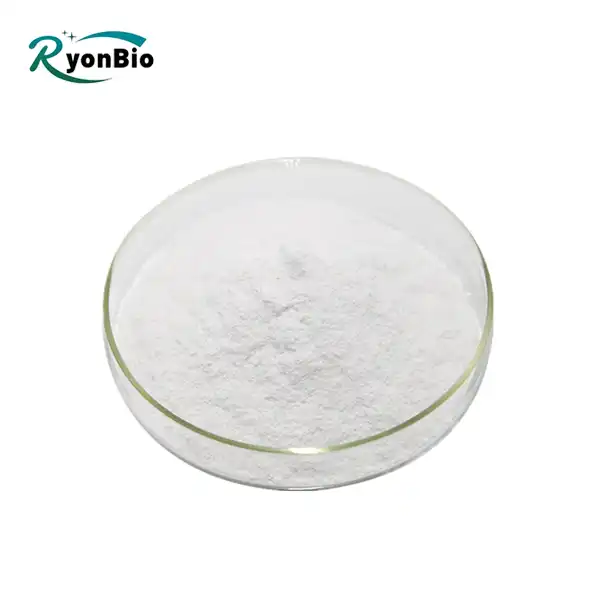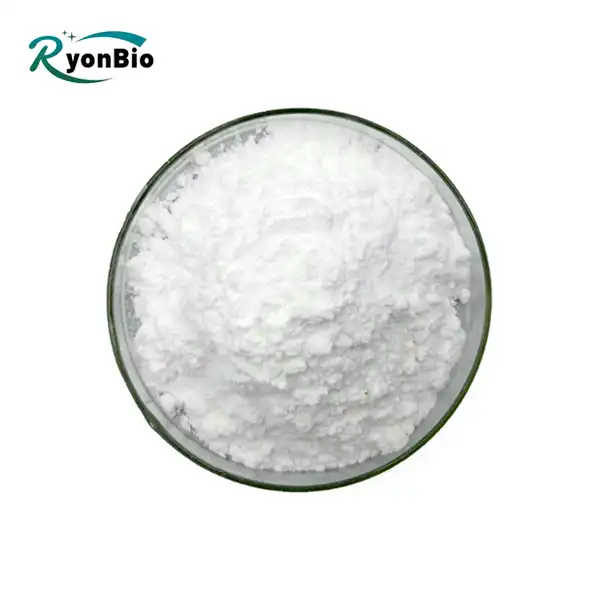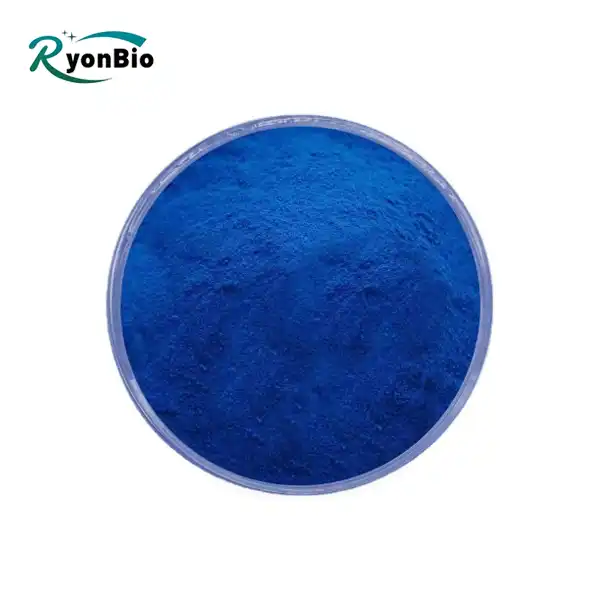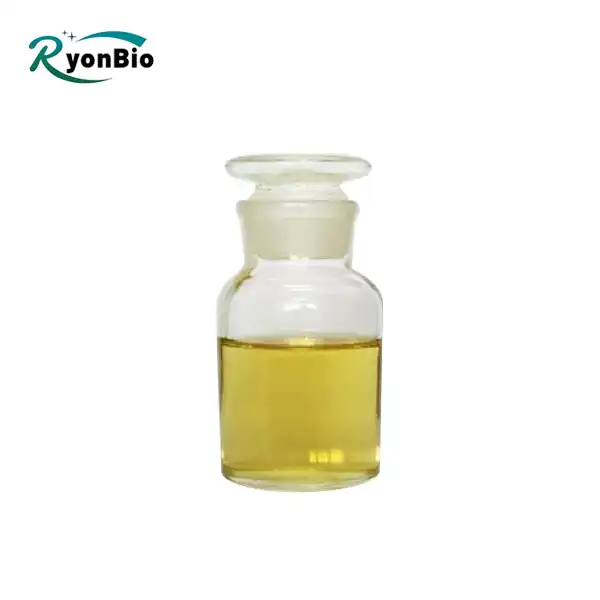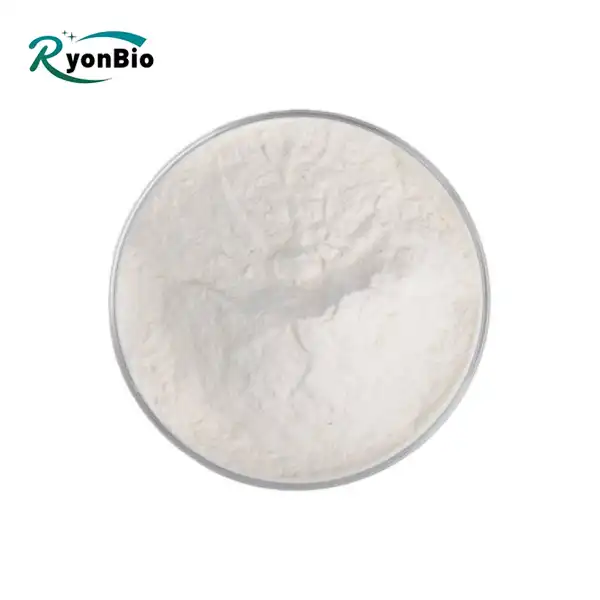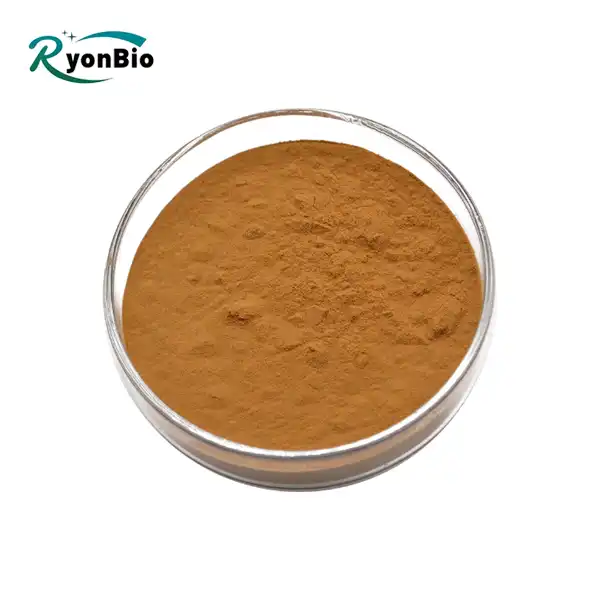As a botanist with an accentuation on helpful plants, I have a huge interest in the reasons and benefits of various botanicals, including the Platycladus Orientalis Leaf Concentrate. This plant, nearby to Asia, is known for its rich history of direction in customary medicine and its emerging applications in current subtleties. I will investigate the traditional uses of the Platycladus plant, its benefits for skin care, and its potential uses in modern medicine in this article.

Traditional Medicinal Uses of Platycladus Plant

The Platycladus plant, referred to deductively as Platycladus orientalis, has a rich history in conventional Chinese medication traversing hundreds of years. Its leaves and seeds are exceptionally regarded for their restorative properties, especially noted for their capacity to clear intensity, calm the liver, and improve respiratory capability. In conventional restorative practices, different pieces of the plant are used to ease a scope of illnesses. Due to their expectorant and bronchodilatory properties, the leaves are frequently used to treat respiratory conditions like asthma and coughs in the form of decoctions or extracts. Due to their calming effects on the nervous system, Platycladus seeds are also used in formulations to ease headaches and promote relaxation. The restorative properties of the plant are gotten from its rich phytochemical sythesis, which contains bioactive substances such phenolic acids, terpenoids, and flavonoids. Continuous exploration keeps on investigating its expected applications in present day medication, trying to approve and develop its customary purposes in overseeing respiratory problems and other wellbeing concerns.
Skincare Benefits of Platycladus Orientalis Leaf Extract
In the domain of skincare, Platycladus orientalis leaf remove has collected consideration for its multi-layered benefits. Known for its cell reinforcement properties, got from its rich substance of flavonoids, phenolic acids, and other bioactive mixtures, this concentrate offers intense assurance against oxidative pressure. It shields the skin from natural aggressors like contamination and UV beams by killing free revolutionaries, bringing about a coloring that is better and stronger.
Additionally, Platycladus Orientalis Leaf Extract remove shows striking mitigating properties, which are gainful for quieting and relieving disturbed skin. This makes it especially appropriate for delicate skin types inclined to redness or irritation. Additionally, its anti-inflammatory properties aid in the reduction of signs of aging on the skin, such as sagging, fine lines, and wrinkles, resulting in a more youthful appearance.

Integrating Platycladus orientalis leaf remove into skincare plans offers a characteristic way to deal with keeping up with skin wellbeing and essentialness. Its conventional use in natural medication, combined with arising logical examination, highlights its true capacity as a significant fixing in skincare items pointed toward safeguarding, mitigating, and restoring the skin. As superficial science keeps on investigating natural concentrates for their skincare benefits, Platycladus Orientalis Leaf Extract remove stands apart for its comprehensive way to deal with skincare health.
Potential Applications in Contemporary Medicine

The recognizable proof of numerous bioactive synthetic compounds in the Platycladus plant's substance structure has animated interest with respect to conceivable restorative applications. As per late tests, it has promising enemy of development characteristics that might be used to treat and forestall illness.Besides, its solid antiviral and antibacterial characteristics have significantly more imperative and significant impacts, which could help in the advancement of new meds pointed toward diminishing disease rates. These findings highlight the plant's significance in the ongoing clinical survey and its pharmacological adaptability, necessitating further research into its formative designs and the possibility of required application. Further evaluation into the subatomic turn of events and physiological impacts of Platycladus could uncover new wellsprings of strong prescription uplifts that could show critical in a degree of clinical settings.
Culinary Uses of Platycladus Plant

In addition to its valued medicinal properties, the Platycladus plant offers intriguing culinary uses. Particularly notable are its seeds, referred to as 'bai zi,' which are commonly toasted and utilized as a distinctive spice in various traditional dishes.Platycladus seeds, renowned for their fragrant qualities, impart a nuanced flavor profile that enhances the flavor of culinary arrangements. Past flavoring, these seeds are additionally integrated into particular recipes for their surface and wholesome advantages, adding to both flavor intricacy and culinary inventiveness. A magnificent normal asset, Cacumen Platycladi Orientalis P.E. can be utilized in conventional medication as well as culinary applications. Both gourmet specialists and food amateurs are still inspired by it. It accepts its dual function in food and wealth.
Conservation and Sustainable Harvesting

As interest grows in the Platycladus plant for its medicinal and cosmetic applications, there is a pressing need to implement sustainable harvesting practices and conservation strategies. Sustaining the availability of this valuable species requires careful management to prevent over-exploitation. Conservation efforts should include monitoring natural populations, promoting habitat preservation, and regulating harvesting techniques to minimize ecological impact. Collaborative initiatives involving local communities, researchers, and policymakers are essential for establishing guidelines that balance utilization with preservation. Additionally, fostering awareness among stakeholders about the importance of biodiversity conservation can encourage responsible practices. By prioritizing sustainability in the harvesting and use of Platycladus, we can safeguard its long-term availability while supporting the continued exploration of its beneficial properties in various fields.
Conclusion
The Cacumen Platycladi Orientalis P.E. plant is a multifaceted resource with a range of uses, from traditional medicine to modern skincare. Its versatility underscores the importance of continued research and responsible use to harness its potential while preserving this valuable botanical for future generations.
If you want to learn more about this kind of Platycladus Orientalis Leaf Extract, welcome to contact us at mailto: kiyo@xarbkj.com
References:
1.Liu, Y., Liu, S., Jiang, L., Yang, X., Wu, X., Zhang, D., ... & Zhang, J. (2019). Platycladus orientalis leaves: a systematic review on botany, traditional uses, phytochemistry, pharmacological activities, and toxicology. Journal of Ethnopharmacology, 244, 112135.
2.Zhang, W., Zhang, L., & He, L. (2016). Essential oil composition of Platycladus orientalis (L.) Franco leaves from different habitats in China. Biochemical Systematics and Ecology, 68, 146-151.
3.Yen, G. C., & Duh, P. D. (1994). Scavenging effect of methanolic extracts of peanut hulls on free-radical and active-oxygen species. Journal of Agricultural and Food Chemistry, 42(3), 629-632.
4.Rahimi-Madiseh, M., Lorigooini, Z., Zamani-Gharaghoshi, H., Rafieian-Kopaei, M., Eftekhari, Z., & Aliahmadi, A. (2018). The genus Platycladus: A comprehensive review on traditional uses, phytochemistry, and pharmacological activities. Journal of Evidence-Based Integrative Medicine, 23, 2515690X18774049.
5.Zhang, D., Liu, Y., Yang, X., Wu, X., Li, D., Li, J., ... & Zhang, J. (2019). Platycladus orientalis leaves: A review on phytochemistry and pharmacological activities. International Journal of Molecular Sciences, 20(15), 3692.
6.Lee, M. H., Han, J. M., & Jin, Y. H. (2019). A study on the physiological responses of Platycladus orientalis var. koreana to ozone stress. Journal of Plant Biology, 62(3), 204-211.
